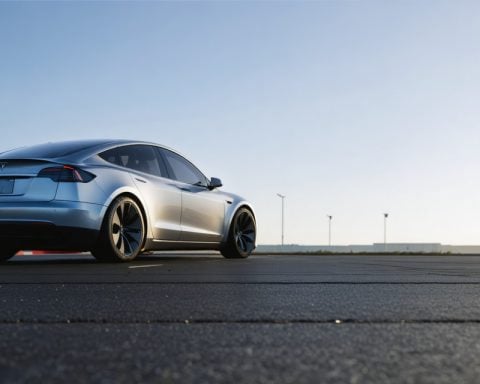In the quest for sustainable urban transport solutions, electric bikes, or e-bikes, are rapidly gaining prominence as a transformative force. With the pressing need to reduce carbon emissions and alleviate urban congestion, e-bikes emerge as a futuristic answer to a modern problem. But what sets these bikes apart from traditional two-wheelers, and how prepared are cities for their ascent?
Efficiency Meets Sustainability
E-bikes combine the simplicity of cycling with the power of an electric motor, offering a convenient and eco-friendly transportation method. Unlike traditional bikes, e-bikes enable longer distances with less physical exertion and are particularly appealing in regions with challenging terrains or for commuters who wish to avoid arriving at work drenched in perspiration. Additionally, advancements in battery technology have extended their range and reduced charging times, making them more viable than ever.
Urban Infrastructure: A Roadblock?
While the benefits of e-bikes are clear, their integration into urban environments presents challenges. Many cities lag behind in terms of infrastructure adaptation that supports e-bike traffic, such as dedicated lanes and secure parking facilities. Furthermore, regulatory measures around e-bikes vary widely, causing confusion among users and authorities alike, impacting their adoption rates.
The Outlook
The rise of e-bikes signals an exciting shift towards more sustainable urban transit solutions. However, their success will depend on city planners’ ability to swiftly adapt and create an accommodating infrastructure. As e-bikes charge forward into the future, will our cities pedal fast enough to keep up?
The Electrifying Evolution: E-Bikes Transforming Urban Mobility
In the ever-evolving landscape of urban transportation, e-bikes are carving out a significant niche by merging sustainability with innovation. As urban centers grapple with the dual challenges of carbon emissions and traffic congestion, electric bikes, often referred to as e-bikes, are proving to be a revolutionary solution. With advancements in technology and shifts in consumer preferences, what does the future hold for these electric-powered two-wheelers?
Revolutionary Features and Specifications
Modern e-bikes are packed with features designed to enhance user experience and sustainability. Key specifications include lightweight frames made from sustainable materials, smart sensors that adjust power levels based on terrain, and integrated GPS systems for navigation and tracking. Cutting-edge lithium-ion batteries provide an extended range, with many models now capable of traveling over 100 kilometers on a single charge. Innovations such as regenerative braking, which captures energy typically lost during braking, further enhance their efficiency.
Pricing and Market Trends
E-bike market trends reveal a growing consumer appetite driven by competitive pricing and increased awareness of environmental issues. The cost of entry-level e-bikes has decreased significantly, making them accessible to a broader audience. In contrast, high-end models, equipped with advanced technology and premium materials, cater to avid cyclists and sustainability enthusiasts. The global e-bike market is predicted to grow at a compound annual growth rate (CAGR) of 10.5% over the next decade, underscoring their burgeoning popularity.
Use Cases and Limitations
E-bikes are perfect for commuters looking for efficient, sweat-free travel, as well as for recreational users exploring scenic routes and trails. However, they do face limitations. Battery life and recharge times, while improved, can still limit longer journeys without adequate planning. Additionally, varying legislation across regions can create barriers to broader adoption, with some areas imposing restrictions on motor power and speed.
Security and Sustainability Aspects
Security remains a top concern for e-bike owners. Innovations in locking mechanisms and integrated alarm systems are being designed to combat theft. On the sustainability front, manufacturers are increasingly focused on eco-friendly production methods and materials, aiming to minimize the carbon footprint associated with production and disposal.
Predictions and Insights
As cities worldwide continue to commit to sustainable transportation solutions, the prevalence of e-bikes is poised to grow. Future innovations may include fully autonomous e-bikes for shared mobility solutions and enhanced connectivity with smart city infrastructures. The continued investment in urban planning that incorporates e-bike-friendly features will be crucial to harnessing their full potential.
For more insights on sustainable urban transport solutions, visit Urban Mobility Portal.
As e-bikes advance, their role in reshaping urban environments becomes increasingly significant. The potential for e-bikes to revolutionize personal mobility in cities is immense, provided infrastructure and policy adapt in a complementary manner. Are urban centers prepared to embrace the electric revolution? Only time will tell.







